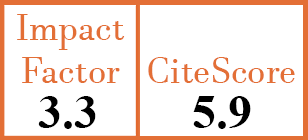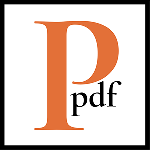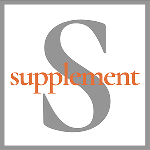Full Papers
Haemoglobin changes and disease activity in Japanese patients with rheumatoid arthritis treated with sarilumab
Y. Tanaka1, T. Takahashi2, H. Van Hoogstraten3, A. Praestgaard4, N. Kato5, H. Kameda6
- First Department of Internal Medicine, School of Medicine, University of Occupational and Environmental Health, Kitakyushu, Japan. tanaka@med.uoeh-u.ac.jp
- Specialty Care Medical, Sanofi K.K., Tokyo, Japan.
- Global Medical Affairs, Sanofi, Bridgewater, NJ, USA.
- Global Medical Affairs Department of Biostatistics, Sanofi, Cambridge, MA, USA.
- Asahi Kasei Pharma Corporation, Tokyo, Japan.
- Division of Rheumatology, Department of Internal Medicine, Faculty of Medicine, Toho University, Tokyo, Japan.
CER15437
2023 Vol.41, N°5
PI 1129, PF 1139
Full Papers
Free to view
(click on article PDF icon to read the article)
PMID: 36305354 [PubMed]
Received: 23/12/2021
Accepted : 15/09/2022
In Press: 28/10/2022
Published: 03/05/2023
Abstract
OBJECTIVES:
Anaemia is a frequent extra-articular manifestation in rheumatoid arthritis (RA); haemoglobin level changes are associated with changes in disease activity. This post-hoc analysis assessed potential relationships between haemoglobin and disease activity in Japanese patients with RA, enrolled in the KAKEHASI study (NCT02293902).
METHODS:
In this study, adult patients with moderate-to-severe active RA, who had an inadequate response to methotrexate, were randomised to subcutaneous sarilumab 150 mg every 2 weeks (q2w) or 200 mg q2w or placebo for 24 weeks. Post-hoc analyses were conducted on changes in haemoglobin and proportion of anaemic patients, using a mixed-effects model for repeated measures assuming an unstructured covariance. Relationships between haemoglobin and efficacy measures were explored.
RESULTS:
At baseline, nearly half of patients had anaemia, defined by World Health Organization criteria (haemoglobin <12 g/dL, female; or <13 g/dL, male). At Week 24, the least squares mean change in haemoglobin levels was greater in sarilumab groups than for placebo (150 mg: 1.23 g/dL, 200 mg: 1.19 g/dL, placebo: 0.17 g/dL; p=0.0002 for both doses vs. placebo). By Week 24, the proportion of patients with anaemia was 17.8%, 22.9%, and 30.1% for sarilumab 150 mg, 200 mg, and placebo, respectively.
CONCLUSIONS:
In Japanese patients with RA, both doses of sarilumab were associated with greater improvement in haemoglobin levels and reduction in proportion of patients with anaemia, compared with placebo. Sarilumab may be a suitable treatment for patients with RA and anaemia.



